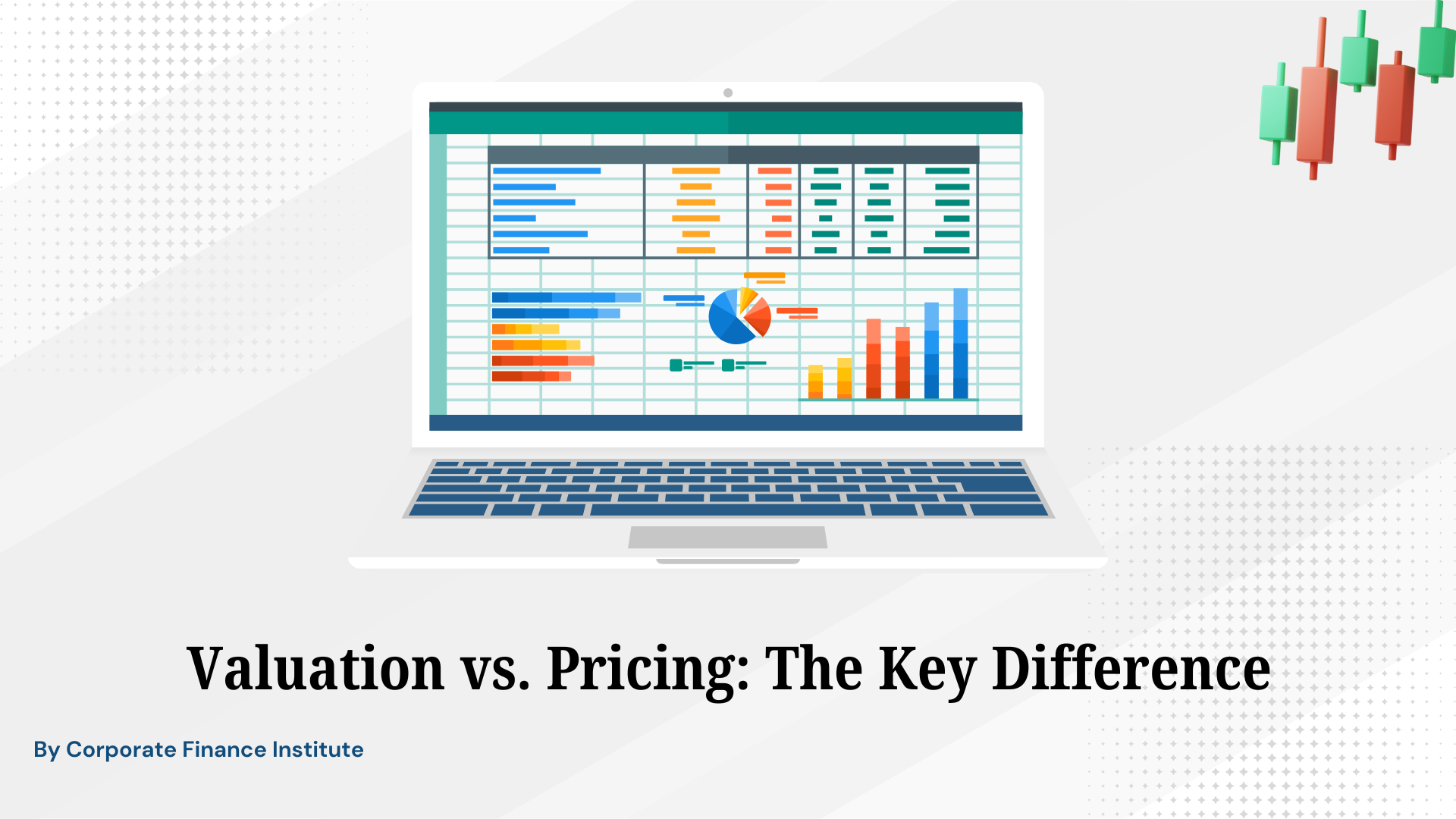Introduction:
In the intricate world of finance, understanding the nuances of corporate taxation is crucial for investors, analysts, and finance professionals alike. Two key metrics in this realm are the Statutory Tax Rate and the Effective Tax Rate, accompanied by Deferred Tax Liabilities (DTL) and Deferred Tax Assets (DTA). In this article, we will unravel these terms, explore their significance, and delve into how they are applied in the financial landscape. For a comprehensive understanding, students and professionals can refer to the educational resources provided by the Corporate Finance Institute (CFI).
- Statutory Tax Rate:
The Statutory Tax Rate is the rate set by the government as the official corporate tax rate. It serves as a benchmark for calculating a company’s income tax liability before considering any adjustments or exemptions. This rate is often expressed as a percentage of the company’s taxable income.
- Effective Tax Rate:
The Effective Tax Rate, on the other hand, represents the actual tax burden a company faces after factoring in various adjustments, deductions, and credits. It provides a more realistic view of a company’s tax liability by considering the impact of applicable tax laws and accounting practices.
- Deferred Tax Liabilities (DTL) and Deferred Tax Assets (DTA):
Deferred Tax Liabilities and Deferred Tax Assets arise from differences in accounting and tax rules. DTL represents future tax obligations a company is expected to pay based on its financial statements, while DTA represents future tax benefits. These differences can stem from items like depreciation, revenue recognition, and pension expenses.
Let’s take the example of Apple Inc. to understand how these concepts apply. Apple’s Statutory Tax Rate might be the standard corporate tax rate set by the government. However, its Effective Tax Rate could be different due to various tax credits, deductions, and international tax considerations. Apple’s Deferred Tax Assets could arise from losses carried forward, allowing the company to offset future taxable income.
In conclusion, grasping the distinctions between Statutory and Effective Tax Rates, along with Deferred Tax Liabilities and Assets, is essential for a comprehensive understanding of a company’s financial health. These metrics go beyond the surface-level tax rate and provide insights into a company’s tax planning, financial reporting practices, and potential future tax obligations. As students and professionals seek to enhance their knowledge in finance, the Corporate Finance Institute (CFI) offers a valuable platform for learning and mastering these intricate concepts.


